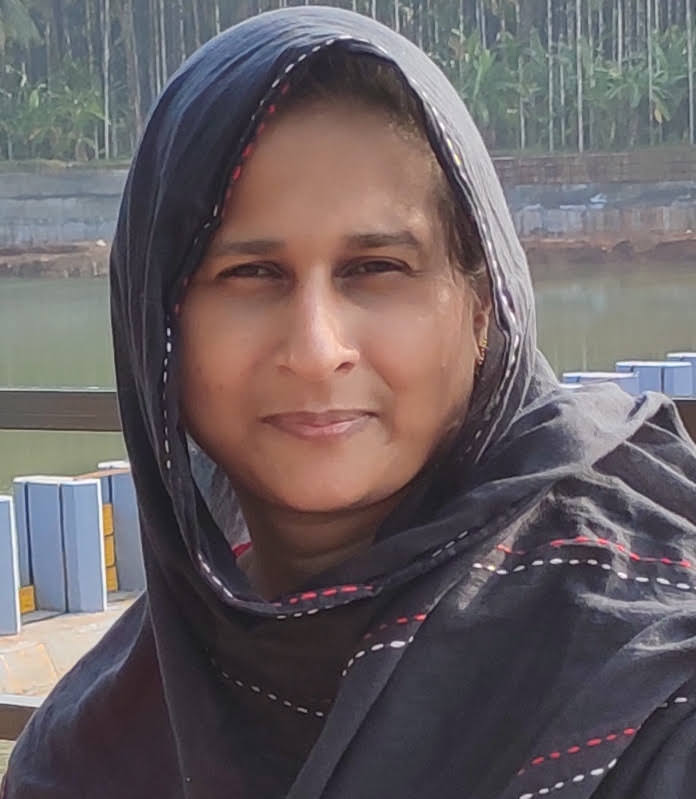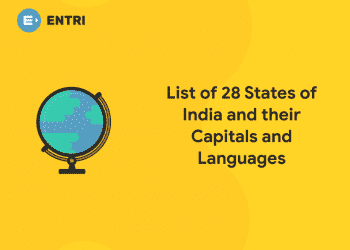Table of Contents
Every year from 1969, we celebrate World Telecommunication and Information Society Day. This day marks the founding of International Telecommunication Union (ITU) on the 17th of May 1865 . The first International Telegraph Convention was also signed in Paris on 17th of May 1865 . In this article, we will discuss the World Telecommunication and Information Society Day 2023, May 17.
The 2030 Agenda for Sustainable Development and 17 Sustainable Development Goals (SDGs), adopted by UNGA Resolution A/70/1 recognizes that the spread of information and communications technology and global interconnections has high potential to speed up human progress and to bridge the digital divide.
Grab Study Materials for Govt Exams !!! Register Now !!!
World Telecommunication and Information Society Day 2023: Tuesday, May 17
In this article readers can get a glimpse on
- Purpose of World Telecommunication and Information Society Day.
- Theme of World Telecommunication and Information Society Day.
- Background and History of World Telecommunication and Information Society Day.
Click Here to attempt free mock tests of different Banking Exams!!!
Purpose of World Telecommunication and Information Society Day 2023
The objective of celebrating this day is to help increase the awareness of the possibilities that the use of the Internet and other information and communication technologies (ICT) can bring to society, as well as of ways to overpass the digital divide. The origin of this day dates back to the signing of the First International Telegraph Convention on the 17th of May 1865, which marked the founding of the International Telecommunication Union (ITU).
UN General Assembly organised the World meeting on the Information Society in November 2005, to proclaim 17 May as World Information Society Day. This day aims to focus on the importance of information and communication technologies. It also focuses on the huge range of issues linked to the Information Society raised by WSIS.
Get Free Mock Tests for various Competitive Exams !!!
World Telecommunication and Information Society Day 2023: Theme
The theme for World Telecommunication and Information Society Day 2023 is not announced officially. Meanwhile, the r World Telecommunication and Information Society Day Theme of 2022 “Digital technologies for older persons and healthy ageing” focuses on the advances of ICT for a changeover to smart and sustainable development. This will also focus on 3 main areas within the International Telecommunication Union that provide people with the ability to communicate using technology:
1) Satellites- allow television programs, phone calls, and satellite navigation and online maps.
2) Standardization- allows access to the internet.
3) Development- provides opportunities to expand access to ICT or information and communication technology
Grab Study Materials for Govt Exams !!! Register Now !!!
World Telecommunication and Information Society Day: Themes From 1969 to 2022
| Sl.No | Year | Theme |
| 1. | 1969 | The ITU: Get to know the ITU |
| 2. | 1970 | Telecommunications and education |
| 3. | 1971 | Space and telecommunications |
| 4. | 1972 | The world telecommunication network |
| 5. | 1973 | International cooperation in the field of telecommunications |
| 6. | 1974 | Telecommunications and transport |
| 7. | 1975 | Telecommunications and meteorology (ITU / WMO) |
| 8. | 1976 | Telecommunication and the mass media (ITU / UNESCO) |
| 9. | 1977 | Telecommunication and development (ITU / UNDP) |
| 10. | 1978 | Radiocommunications |
| 11. | 1979 | Telecommunications for all |
| 12. | 1980 | Rural telecommunications |
| 13. | 1981 | Telecommunications and health (ITU / WHO) |
| 14. | 1982 | Telecommunications and international cooperation |
| 15. | 1983 | One world, one network |
| 16. | 1984 | Telecommunications: expanding horizons |
| 17. | 1985 | Telecommunications for development |
| 18. | 1986 | Partners in progress: governments, operating entities, manufacturers and users |
| 19. | 1987 | Telecommunications in the service of nations |
| 20. | 1988 | The transfer of technological know-how in the age of electronics |
| 21. | 1989 | International cooperation |
| 22. | 1990 | Telecommunications and industrial development |
| 23. | 1991 | Telecommunications and safety of human life |
| 24. | 1992 | Telecommunications and space: new horizons |
| 25. | 1993 | Telecommunications and human development |
| 26 | 1994 | Telecommunication and culture (ITU / UNESCO) |
| 27. | 1995 | Telecommunications and the environment |
| 28. | 1996 | Telecommunication and sport |
| 29. | 1997 | Telecommunications and humanitarian assistance |
| 30. | 1998 | Trade in telecommunications |
| 31. | 1999 | Electronic commerce |
| 32. | 2000 | Mobile communications |
| 33. | 2001 | The Internet: challenges, opportunities and prospects |
| 34. | 2002 | ICT for all: empowering people to cross the Digital Divide |
| 35. | 2003 | Helping all of the world’s people to communicate |
| 36. | 2004 | ICTs: leading the way to sustainable development |
| 37. | 2005 | Creating an equitable Information Society: Time for Action |
| 38. | 2006 | First World Information Society Day
Promoting global cybersecurity |
| 39. | 2007 | Connecting the young: the opportunities of ICT |
| 40. | 2008 | Connecting persons with disabilities: ICT opportunities for all |
| 41. | 2009 | Protecting children in cyberspace |
| 42. | 2010 | Better city, better life with ICTs |
| 43. | 2011 | Better Life in Rural Communities with ICTs |
| 44. | 2012 | Women and Girls in ICT |
| 45. | 2013 | ICTs and improving road safety |
| 46. | 2014 | Broadband for Sustainable Development |
| 47. | 2015 | Telecommunications and ICTs: Drivers of innovation |
| 48. | 2016 | ICT entrepreneurship for social impact |
| 49. | 2017 | Big Data for Big Impact |
| 50. | 2018 | Enabling the positive use of Artificial Intelligence for All |
| 51. | 2019 | Bridging the standardization gap |
| 52. | 2020 | Connect 2030: ICTs for the Sustainable Development Goals (SDGs) |
| 53. | 2021 | Accelerating digital transformation in challenging times |
| 54. | 2022 | Digital technologies for older persons and healthy ageing |
Grab Study Materials for Govt Exams !!! Register Now !!!
World Telecommunication and Information Society Day : Background and History
World Telecommunication Day
World Telecommunication Day is celebrated every year on 17 May starting from 1969, to commemorate the founding of ITU and the signing of the first International Telegraph Convention in the year 1865. It was also proclaimed by the Plenipotentiary Conference in Malaga-Torremolinos as Resolution 46 In the year 1973.
World Telecommunication and Information Society Day
The International Telecommunication Union Plenipotentiary Conference in Antalya, Turkey, took a decision to celebrate both events together on 17 May as World Telecommunication and Information Society Day on November 2006,. This Resolution invites the Member States and zone Members to celebrate the day annually by organizing appropriate national programs with a view to:
- motivating likeness and exchanges of ideas on the theme adopted by the Council
- debating the different aspects of the subject with all partners in society
- formulating a story reflecting national discussions on the issues underlying the theme, to be fed back to International Telecommunication Union and the rest of its membership
Grab Study Materials for Govt Exams !!! Register Now !!!
Reasons to subscribe Entri for the preparation of Competitive Examinations
- Entri Provides you an excellent online platform to prepare for the exam
- The Entri app can be download free of cost.
- users can download the app and join the appropriate class as per choice
- Entri provides video classes as well on various important and difficult topics by the excellent faculties in different languages.
- Entri provides revision modules written by excellent faculties. It also provides monthly tests based on the classes
- Entri provides an excellent platform with full- length mock tests. It also provides a platform to solve previous year question papers
- It also gives you access to clarify your doubts whenever required.
Attempt the following Quiz by Entri to boost your score in the examination
- Sachin Tendulkar quiz
- GK quiz on important days of April
- Children’s day quiz
- National vaccination day quiz
- world sparrow day quiz
Important national and international days and its significance by Entri.















